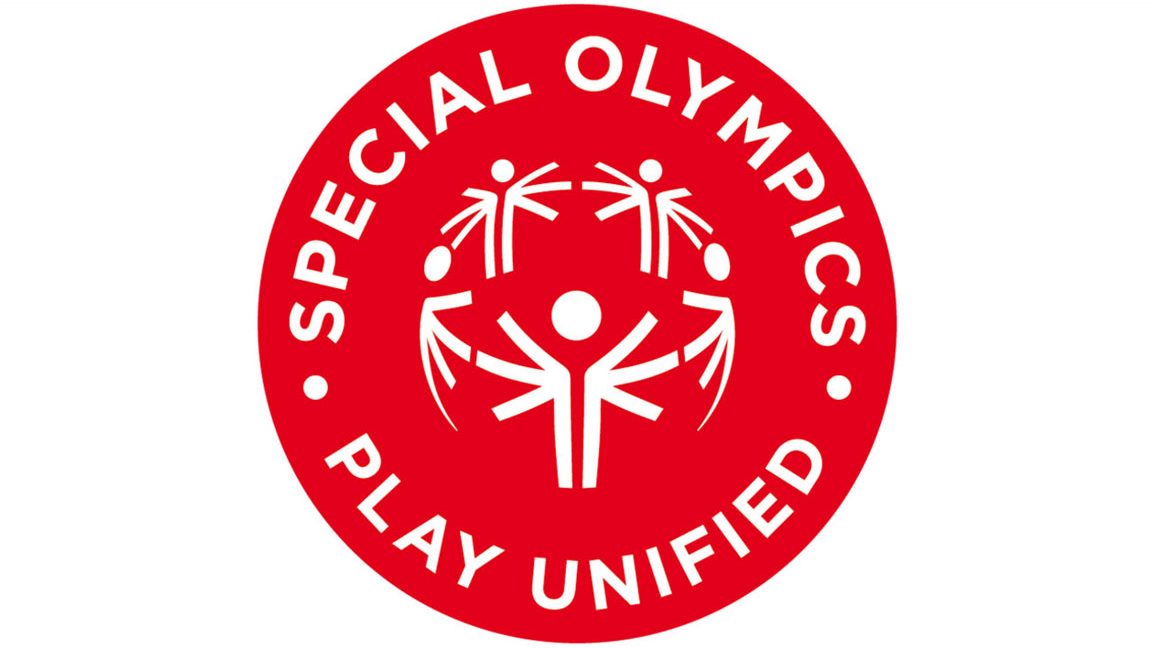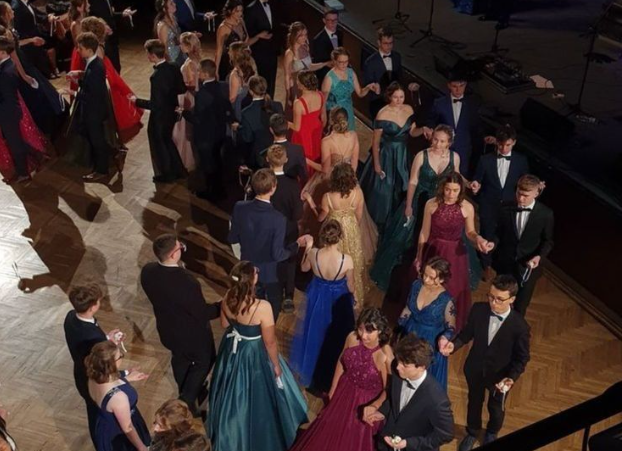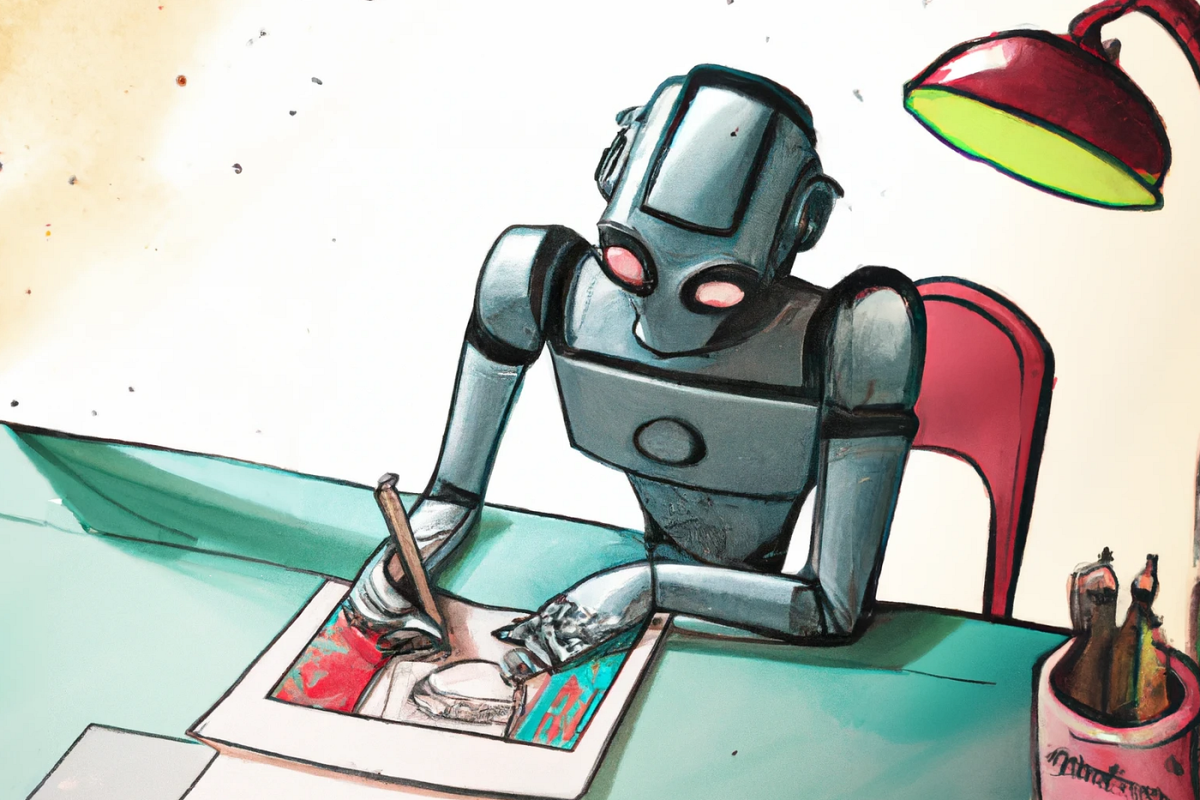For much of human history, information has circulated around the world. Going from small tribes for thousands of years to information being spread across vast distances in seconds over varieties of networks, the Herd Newspaper has posed a few questions about communication and information.
Communication can be defined as “a process by which information is exchanged between individuals through a common system of symbols, signs, or behavior,” as per the Merriam-Webster Dictionary, and it can take different forms, such as tone or source. These factors impact how it is transmitted and understood. Bias is an important factor that should be taken into account when considering information. The Britannica Dictionary defines bias as “to have a strong and often unfair influence on (someone or something).” This impacts how that information is understood. When asked about biases, a teacher responded, “I think sources have biases—and I’m not on social media, I have no accounts. I read five newspapers. I read an article from The New York Times, and then the topic again from The Washington Post, and then I determine what is going on. I don’t watch the news, but I do rely on my Reddit account.” Receiving information from one source, according to this teacher, doesn’t tell the full story. They value reviewing different sources and from there deciding what to believe about that information.
Another teacher had something to say about bias: “As we discussed in class, no one is without bias. We should all be considering the bias of the source.” With their response in mind, I asked whether or not students should be considering these sources and they responded, “if you hear something from the media, you should be looking at the other sources and the other side of information. If I see something from the media that really stands out compared to other information, then it’s likely not true.” Media sources all have their own bias, which everyone should be aware of, and it’s something that the interviewees all agreed on. An article from the University of Wisconsin at Green Bay has a checklist that people can follow—if the source is heavily opinionated, has a reliance on unreliable claims and other sources, shows more opinions than facts, or uses forms of persuasion, the source may have some bias. Modern-day sources aren’t the only ones that hold bias– historical ones do, too. A teacher from the Social Studies department relayed information about how primary and secondary sources in history have had their own biases. Overall, each source, especially news outlets such as FOX or MSNBC, has a bias. Even we, the school newspaper, have a bias, or a series of biases. Below this article is a link to an interactive media bias chart (link two). Feel free to explore it and understand the bias of the preferred media source.
Each culture and society out there, especially our own, whether it’s Kennebunk or Maine or New England or this country, has had their own rumors. When asking a teacher about how rumors should be considered, they thought that people should “take a deep breath and consider these rumors (where you hear them, their bias, the person) and fact check them. Don’t share the rumors until they are no longer rumors. Spreading rumors is what causes hysteria and panic.” A second teacher shared similar beliefs, but stated people should believe them. The teacher explained their process for fact-checking rumors: “make sure any claims have solid evidence to back it up; talk to a person who told you the rumors. Did they hear the rumors from a primary or secondary source? The responses make me question pieces of information that I find online, whether it’s Instagram, Facebook, or X. Is this information true? Where did it come from? What parts are exaggerated or not included? Given how we are in a new period of communication, with social media having an impact on the way information is communicated, people start to feel cautious about what is true or what isn’t.
Misinformation has been a major problem in our world, conflicting with the COVID-19 Pandemic, the 2020 Presidential Election, and the 2024 Presidential Election. From political bots to sources exaggerating information, we also have firehosing. According to a teacher, firehosing is where “we’re inundated with misinformation; it is easier for people to not believe factual information.” People have a harder time trusting true pieces of information, especially online. When asked about how social media has impacted communication, the same teacher replied, “when something happens, we immediately check social media to find out information. Misinformation is dangerous, and it can spread too quickly. At the same time, I think it is nice to have social media so that we can get real-time information. According to the Guardian, information spreads up to twenty times faster with Social Media.
Currently, humans, as a society, live in an advanced, innovative time with social media, where information can reach our fingertips from as far as the other side of the planet in a blink of an eye. Another teacher shared their thoughts about social media in regards to rumors: “Technology tends to amplify rumors and make themselves seem more realistic. Social Media can multiply what is being said by a hundred times and amplify it. It can spread faster and reach more people.” These teachers agree that social media has its benefits and downsides; as one said, “since I’m not on social media, I don’t have to worry about it. However, as a teacher, I see the positive and negative effects on the students.”
Humans have come a long way in regards to communication and information. While we have the ability to communicate faster than ever before and know what is happening in the world in real-time, there are dangers to it. Misinformation can spread just as rapidly as true information, and with rumors being amplified on social media, people have a hard time sifting through it all while trying to determine what is and what isn’t true.
Works Cited:
Link 1: https://libguides.uwgb.edu/bias
Link 2: https://adfontesmedia.com/interactive-media-bias-chart/
Link 3: https://library.csi.cuny.edu/c.php?g=619342&p=4310783
Link 5: https://www.theguardian.com/technology/2018/mar/08/scientists-truth-fiction-twitter-bots






